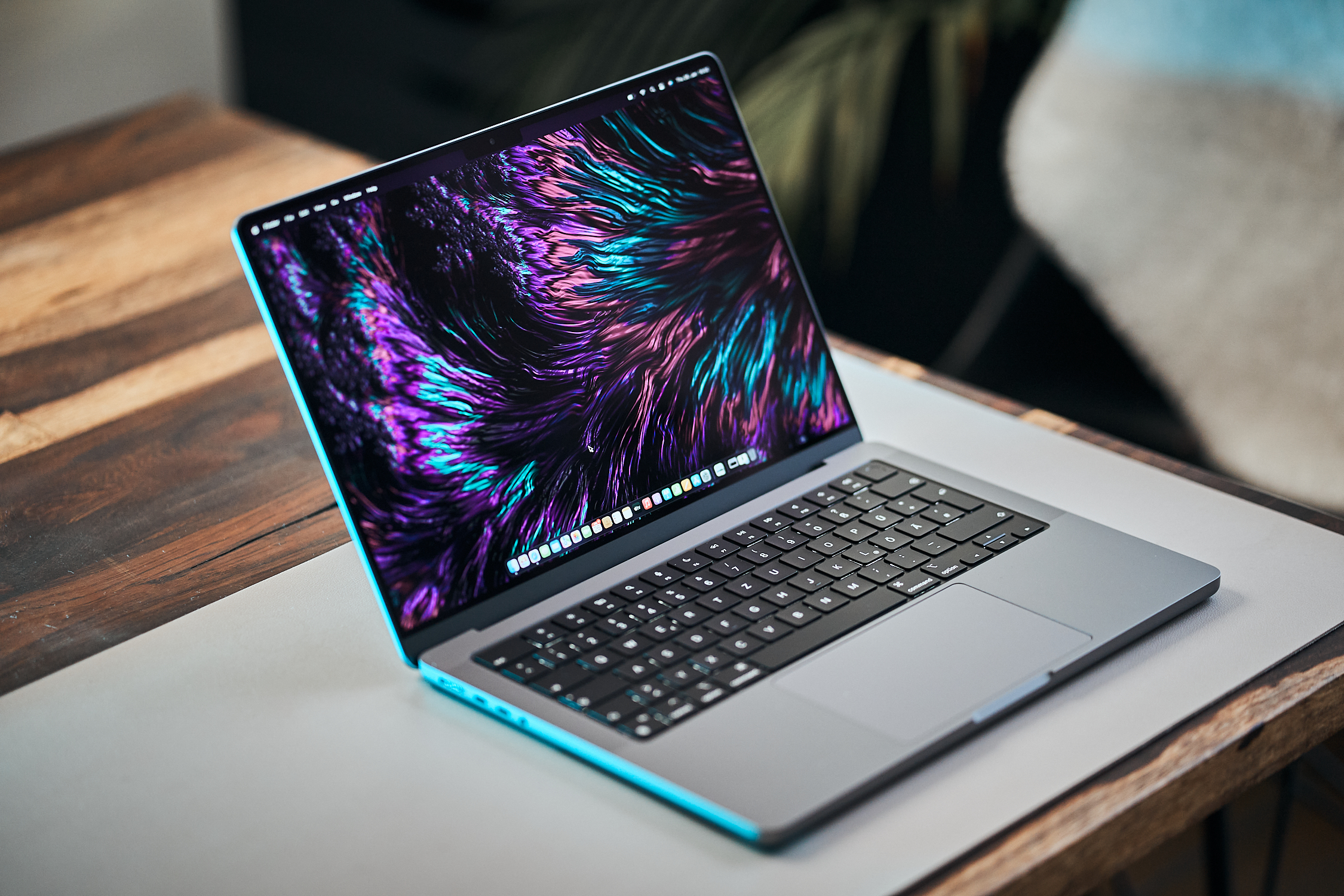Apple is also a real freak when it comes to silence. Their fan curve is tuned to get the lowest amount of RPM possible (and that's the M2 Ultra). The ARM mac pro fans are spinning at 500~600 RPM underload. The Macbook Air is also gimped when it comes to thermals to push people to buy the Pro.All chipmakers are facing limitations due to the laws of physics, including ARM. That's why recent ARM SOCs can reach around 20W for a short period but struggle to sustain performance, often experiencing thermal throttling and instability. The push to expand ARM into other markets stems from the fact that they've exhausted options in mobile and lack an x86 license.
I never had the impression that ARM had an intresic thermal issue compared to x86, just that some computers maker are stingy when it comes to coolling. (aka no vapor chamber, or jet engine noise level)









